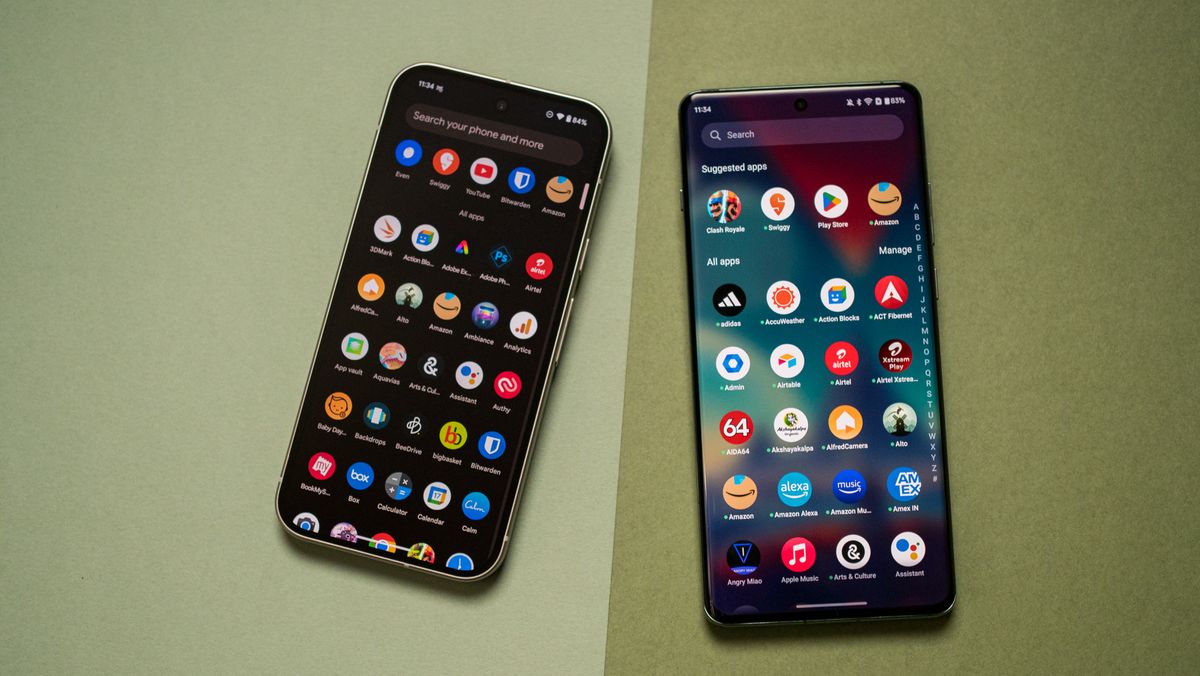Get the latest tech news
Mapping the Ionosphere with Phones
Data from millions of smartphones are used to map the ionosphere in greater detail, leading to improved smartphone location accuracy, particularly in parts of the world with few monitoring stations.
This storm, the biggest in more than 20 years, caused a strong disturbance in Earth’s magnetic field, with a Kp (planetary Kennziffer) index exceeding 9 reported by the National Oceanic and Atmospheric Administration’s Space Weather Prediction Center. Data for the TEC processing is provided from the following organizations: UNAVCO, Scripps Orbit and Permanent Array Center, Institut Geographique National, France, International GNSS Service, The Crustal Dynamics Data Information System (CDDIS), National Geodetic Survey, Instituto Brasileiro de Geografia e Estatística, RAMSAC CORS of Instituto Geográfico Nacional de la República Argentina, Arecibo Observatory, Low-Latitude Ionospheric Sensor Network (LISN), Canadian High Arctic Ionospheric Network, Institute of Geology and Geophysics, Chinese Academy of Sciences, China Meteorology Administration, Centro di Ricerche Sismologiche, Système d’Observation du Niveau des Eaux Littorales (SONEL), RENAG: REseau NAtional GNSS permanent ( https://doi.org/10.15778/resif.rg), GeoNet - the official source of geological hazard information for New Zealand, Finnish Meteorological Institute, SWEPOS - Sweden, Hartebeesthoek Radio Astronomy Observatory, TrigNet Web Application, South Africa, Australian Space Weather Services, RETE INTEGRATA NAZIONALE GPS, Estonian Land Board, TU Delft, Western Canada Deformation Array, EUREF Permanent GNSS Network, GeoDAF: Geodetic Data Archiving Facility, African Geodetic Reference Frame (AFREF), Kartverket - Norwegian Mapping Authority, Geoscience Australia, IGS Data Center of Wuhan University, Pacific Northwest Geodetic Array, Nevada Geodetic Laboratory, Earth Observatory of Singapore, National Time and Frequency Standard Laboratory - Taiwan, and Korea Astronomy and Space Science Institute. Hunt, J. Lunney, N. Shadowen, M. Torrice, M. Berndl, A. J. Coster, A. Komjathy, M. Hernández-Pajares, B. Soja, A. Mannucci, P. Vergados, E. Yizengaw, H. Bourne, P.-H. Cheng, S. Dittmann, L. Liu, S. Taylor, Z. Yang, K. Greer, D. Hysell, E. Aa, R. Bishop and S. Barbeau for discussions.
Or read this on Hacker News

